The first week of Turtle Team is in the books! And I guess this blog…
Our first week was very close to home in Vermilion County at four different sites within the Forest Preserve.
We brought with us:
- John and his turtle dogs
- Paulo, a visiting veterinarian from Peru
- 20 veterinary medicine students
The week as a whole was an incredible success – 50 turtles in 4 days!
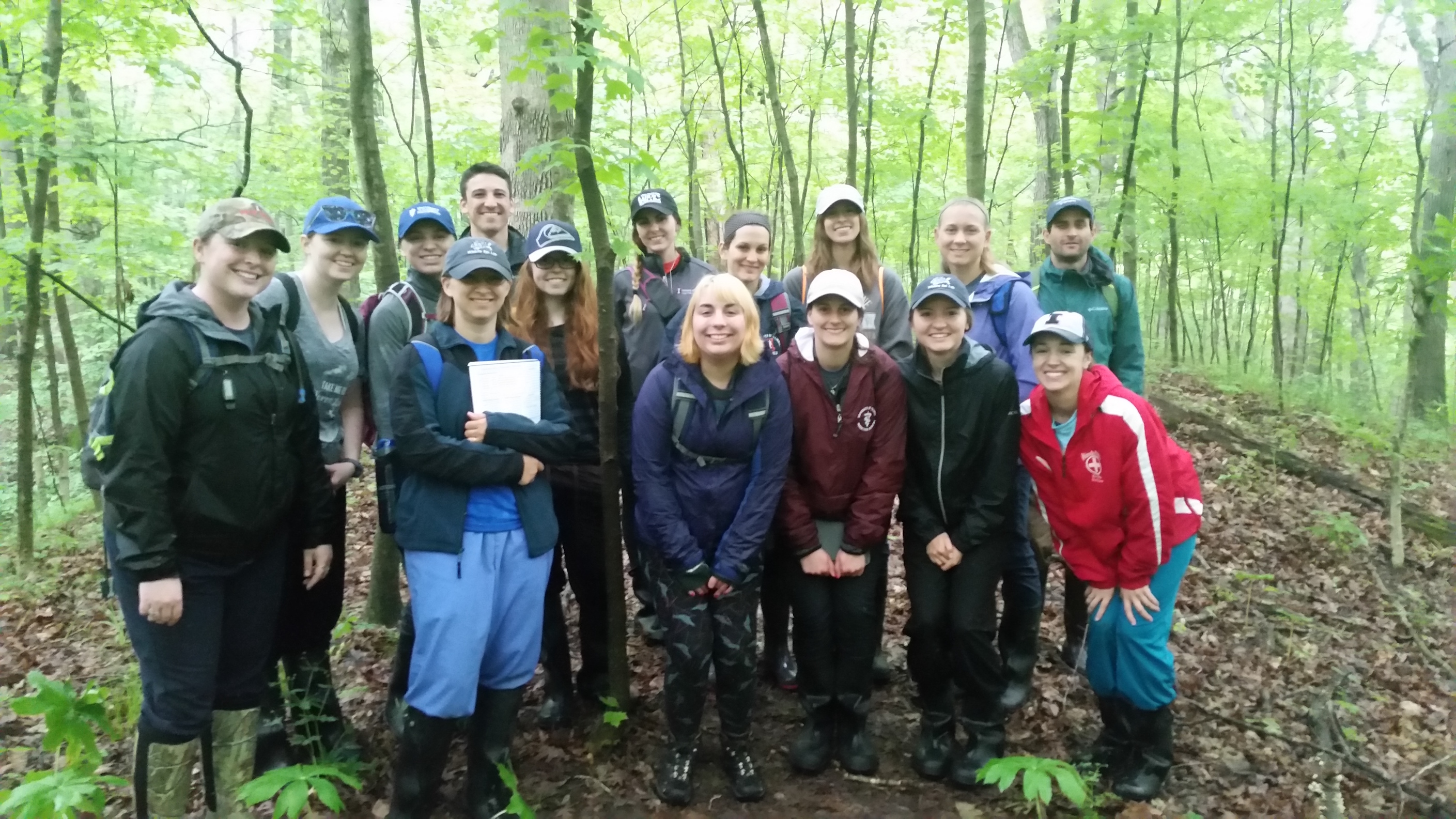
Turtle Team functions so well you would never guess that we are made up of new people each year! Dr. Allender has basically perfected the system to teach while collecting good data. It all works so well because each student masters their job for the day and by the end of the week they are trained in every position on the team. Each summer we train about 40 veterinary students how to do a physical examination on a turtle, draw blood, and process bloodwork.
So basically, we’re all professionals.
Here’s how it all works:
The students are split into two groups – fieldwork and labwork.
In the field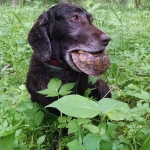
As the dogs find turtles, people collect location data at capture to know where to return the turtles later. Others mark the turtle with a unique ID that allows us to record information about that turtle and look at our data over the years.
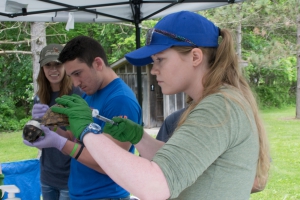 After the hike, health information is collected for each turtle. Blood is drawn and and swabs are taken to test for four pathogens – ranavirus, adenovirus, mycoplasma, and herpes virus. Each turtle is given a physical examination to thoroughly look at them and assess any abnormalities and injuries.
After the hike, health information is collected for each turtle. Blood is drawn and and swabs are taken to test for four pathogens – ranavirus, adenovirus, mycoplasma, and herpes virus. Each turtle is given a physical examination to thoroughly look at them and assess any abnormalities and injuries.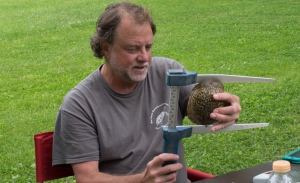
Our skilled biologists take measurements of the turtles to track their growth and see their progress over time. They are also the ones that mark our turtles with notches in their shell so that we can recognize them next time they are found.
In the lab
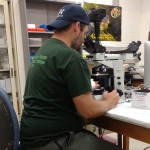 After the field we head over to the lab to look at more components of the blood. Just like the doctors do when people get bloodwork, we look at information about the health of the turtle using a sample of blood.
After the field we head over to the lab to look at more components of the blood. Just like the doctors do when people get bloodwork, we look at information about the health of the turtle using a sample of blood.
We can find out if it’s fighting an infection, what that infection is, and how it affects the turtle’s overall health. Then, we can look at the population as a whole and find trends to characterize the result of infections.
But as always there were a few bumps in the road. All of which our lab director handled with the utmost patience…
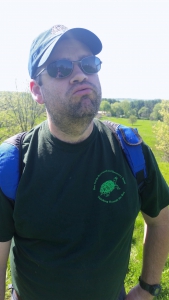
1. We had a slight issue with our disinfectant sprayer spewing in the car…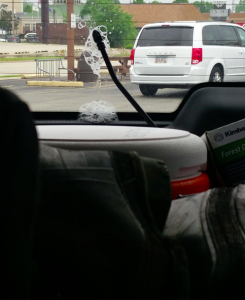
2. There was a day that we forgot our bag with all of the electronics and data books. Not ideal. The day was saved by one of our lab members, Jeremy, who had an extra GPS and environmental temperature instruments. We made do without the iPads we use because who needs technology anyways.
3. We had an interesting encounter with a cow. I’m sure you’re dying to know why there was a cow in the state park so I’m excited to share the local “breaking news” with you. A truck transporting cattle overturned on the interstate letting dozens of cattle loose. One of those ended up miles away at the state park, having the time of her life roaming the forest.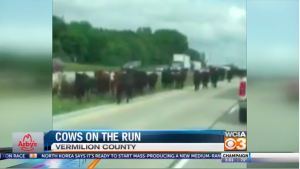
Unfortunately, we didn’t have time to take a picture of her before she ran off but we’ll be on the lookout next time we’re there!

The real stars of the show are the turtle dogs themselves.
They are Boykin Spaniels trained by John Rucker to find turtles! How cool is that?!
Don’t worry, we’ll have a whole interview with John later on to tell the story of how it all began…
